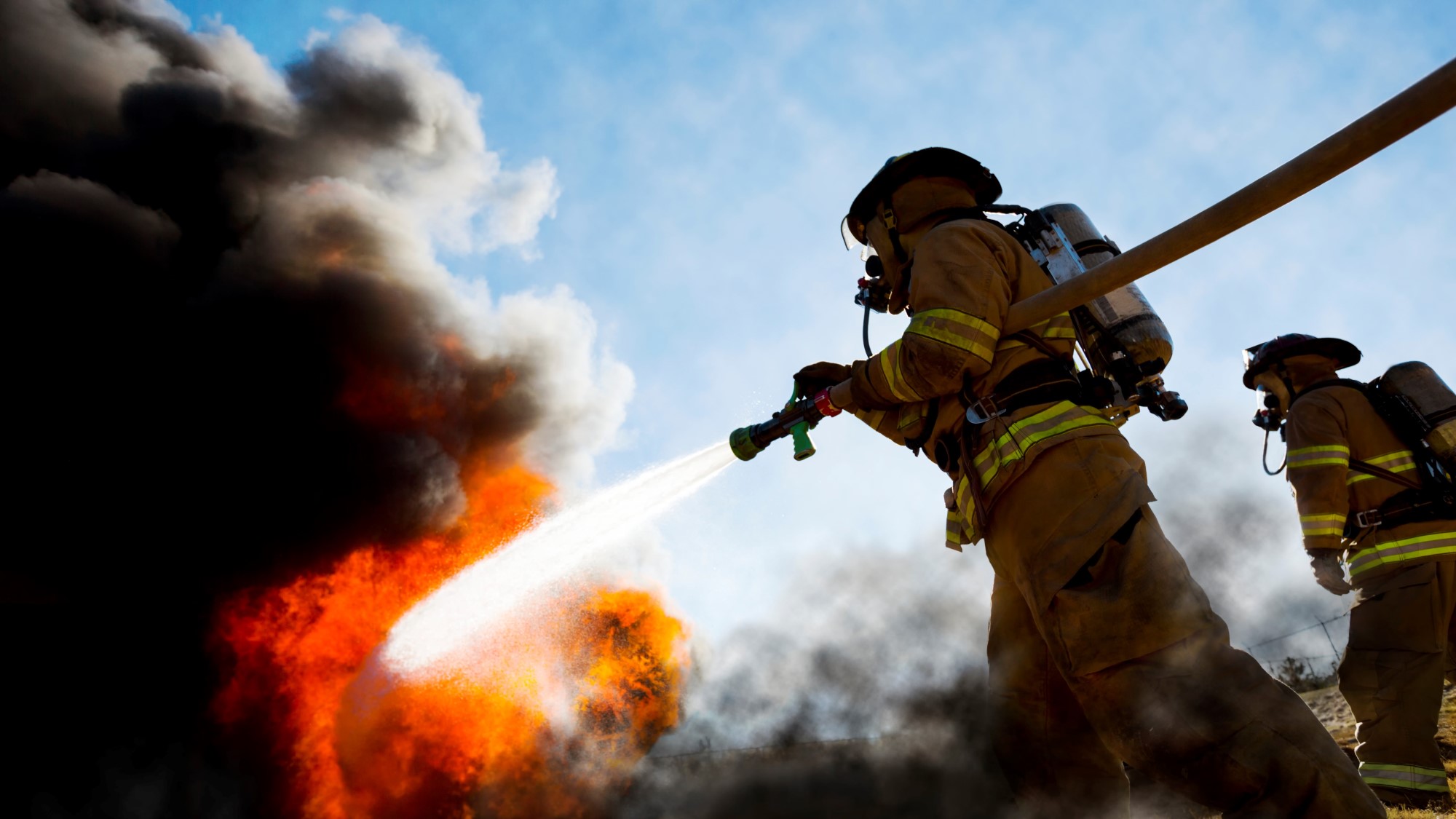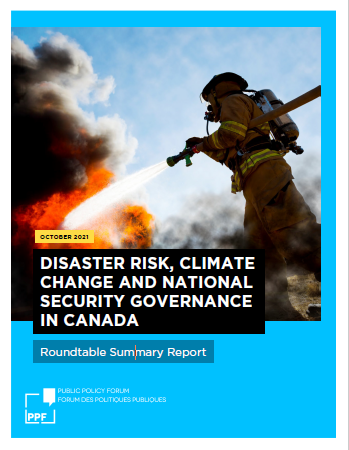
Disaster Risk, Climate Change and National Security Governance in Canada
Key takeaways
As a result of Canada’s northern latitude, significant landmass and extensive coastline, the country is particularly vulnerable to climate impacts. Within the last decade, Canada has witnessed large-scale population displacements and billions of dollars in insurance and public treasury losses. While emissions mitigation measures may contain long-term impacts, increasingly frequent extreme weather events and climate impacts are already posing material risks to lives, communities, property, natural resources and the economy. During the 2021 Federal Election campaign, the need to do more on climate resonated across the political spectrum.
Climate change is not the only driver of such high-impact low-probability (tail-risk) events. The next event to affect Canada could very likely be different from the last one. The Public Policy Forum convened a roundtable discussion on October 27, 2021, to explore how Canada’s approach to disaster risk, climate-related events and other tail risk events could be revamped. The speakers were a mix of practitioners, subject-matter experts and academics. Other participants included government officials, academic experts and private-sector executives. The discussion identified key challenges facing Canada’s response capabilities, drew on best practices from other countries and generated actionable insights for the new government.
Key takeaways from the event include:
- Canada must confront more diverse and frequent threats to lives, livelihoods and property because of climate-related and other events, with which current definitions, mandates and institutional structures have not kept pace.
- The possibility of expanding the role of the National Security and Intelligence Advisor (NSIA) is one key issue to address in the evolving threat environment. Other developments, including the establishment of a Minister of Emergency Preparedness, also contribute to the opportunity to achieve greater coherence and more focused leadership in matters of national security.
- Canada requires a “culture of preparedness” that would drive much more planning across jurisdictions, public and private sectors and throughout society in advance of crises, not just emergency responses when they occur.
- Expanding standing capacity for emergency response is essential. This could be military, civilian or a hybrid setup. However, given the predictability that disruptive events will continue to occur, the constant availability of skills and personnel to meet these challenges should be a priority.
- The resilience of insurance markets, which provide the first layer of protection to victims of disasters, should be enhanced. One way of achieving that is through public-private partnerships.

Summary Report. October 2021.
Download ReportAcknowledgements
This summary report was written by Usman Mohammad, Policy Lead, PPF with support from Brian Bohunicky, Vice-President, Policy, PPF.
PPF would like to thank all participants who took part in the October 27, 2021, virtual roundtable. We would also like to thank the Insurance Bureau of Canada for their financial support of this project.









